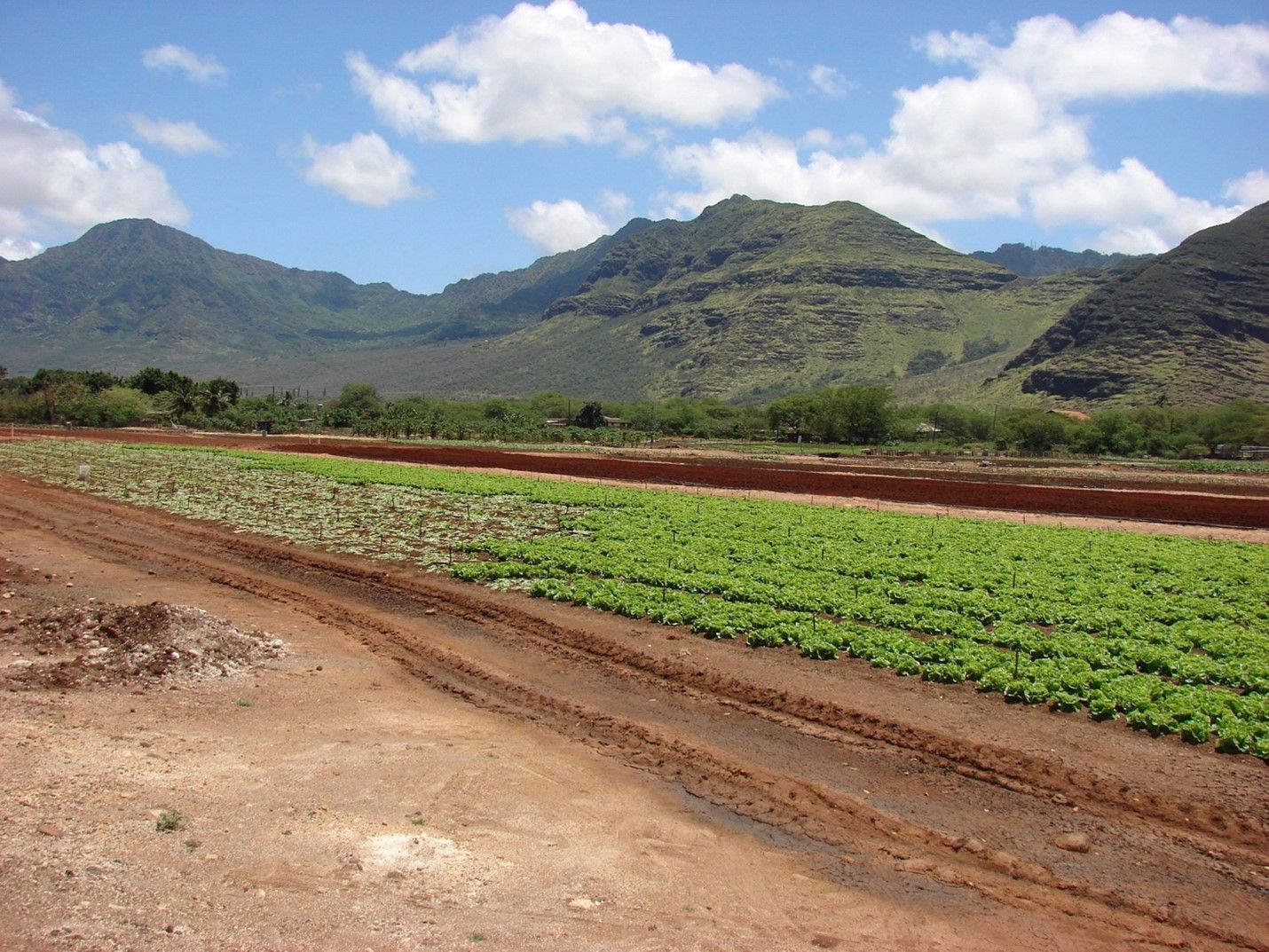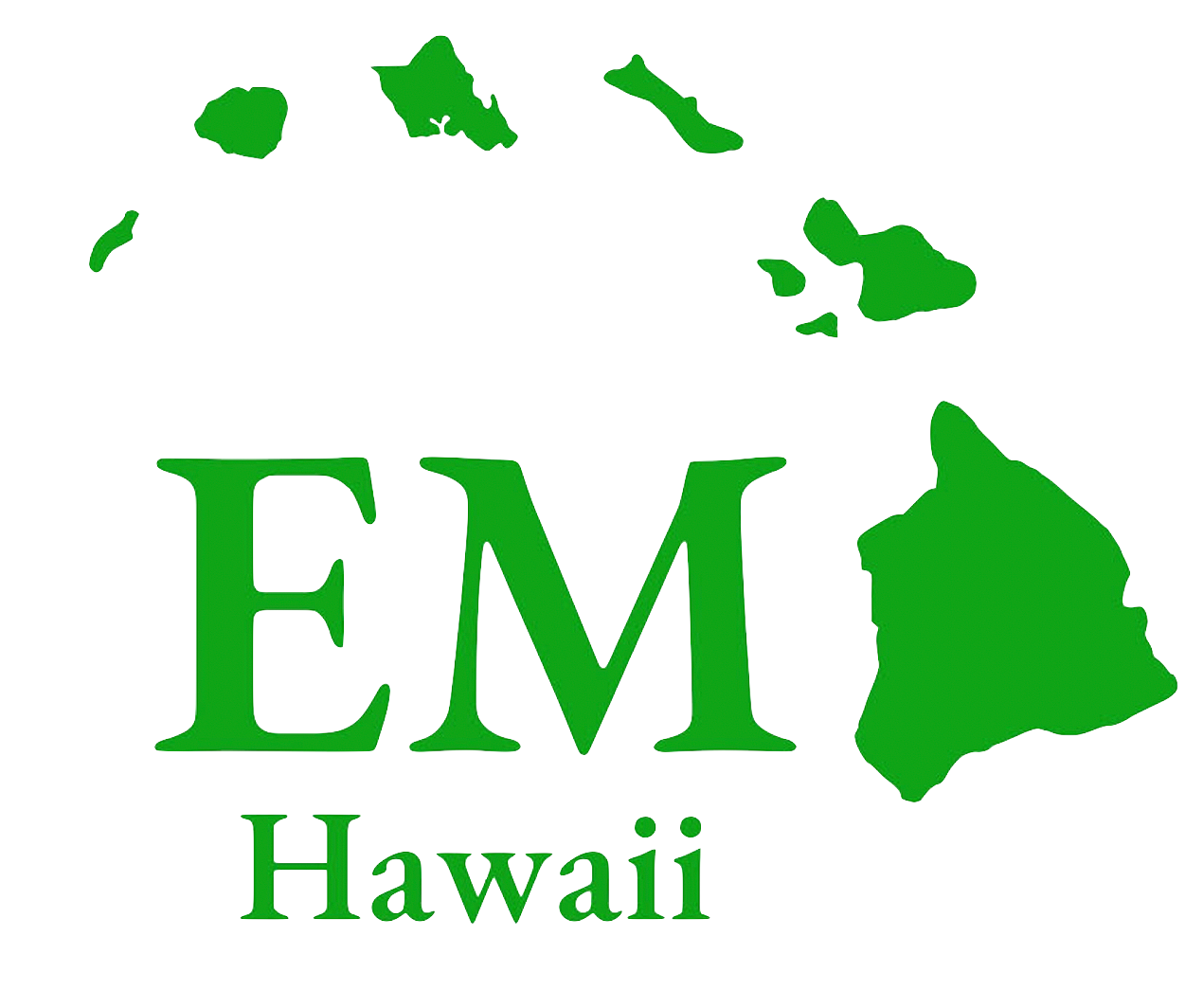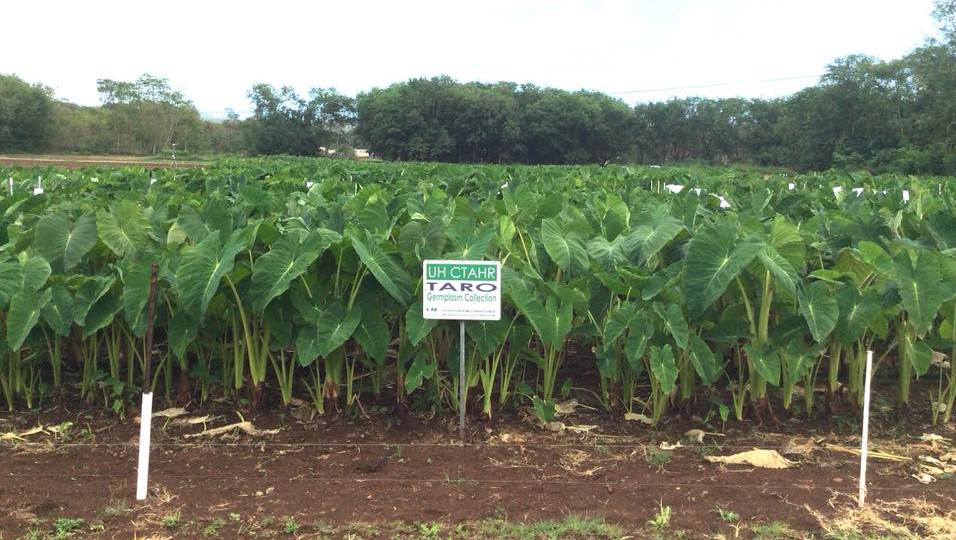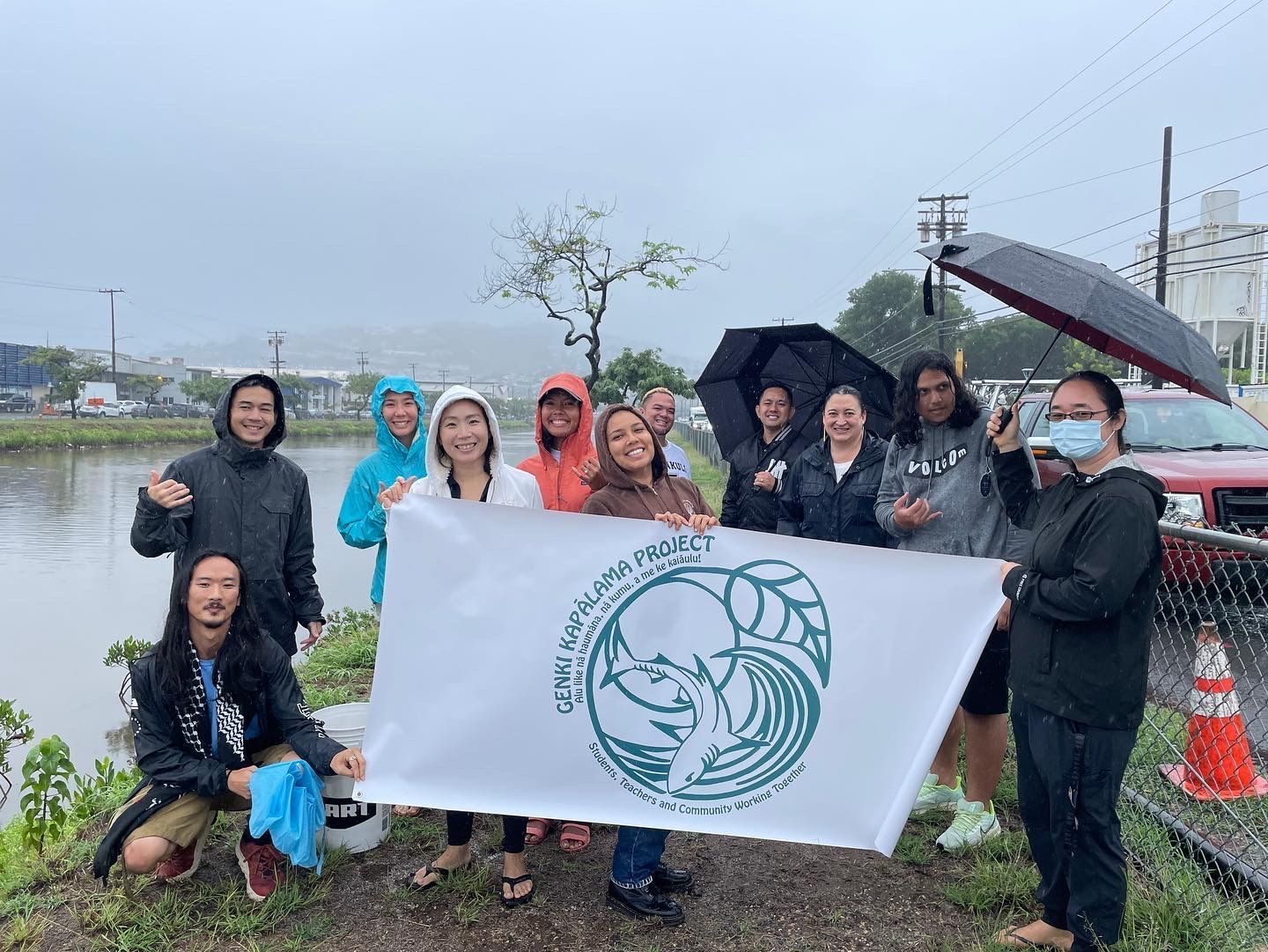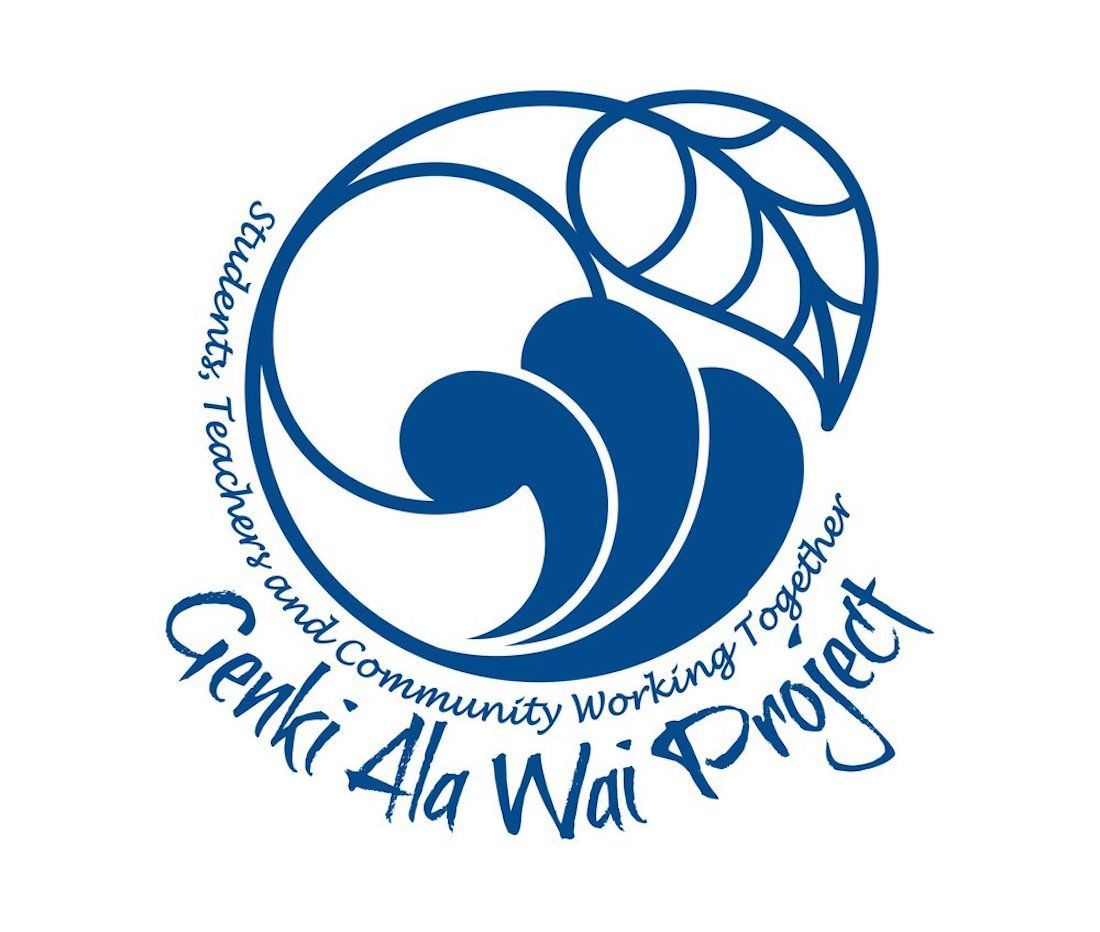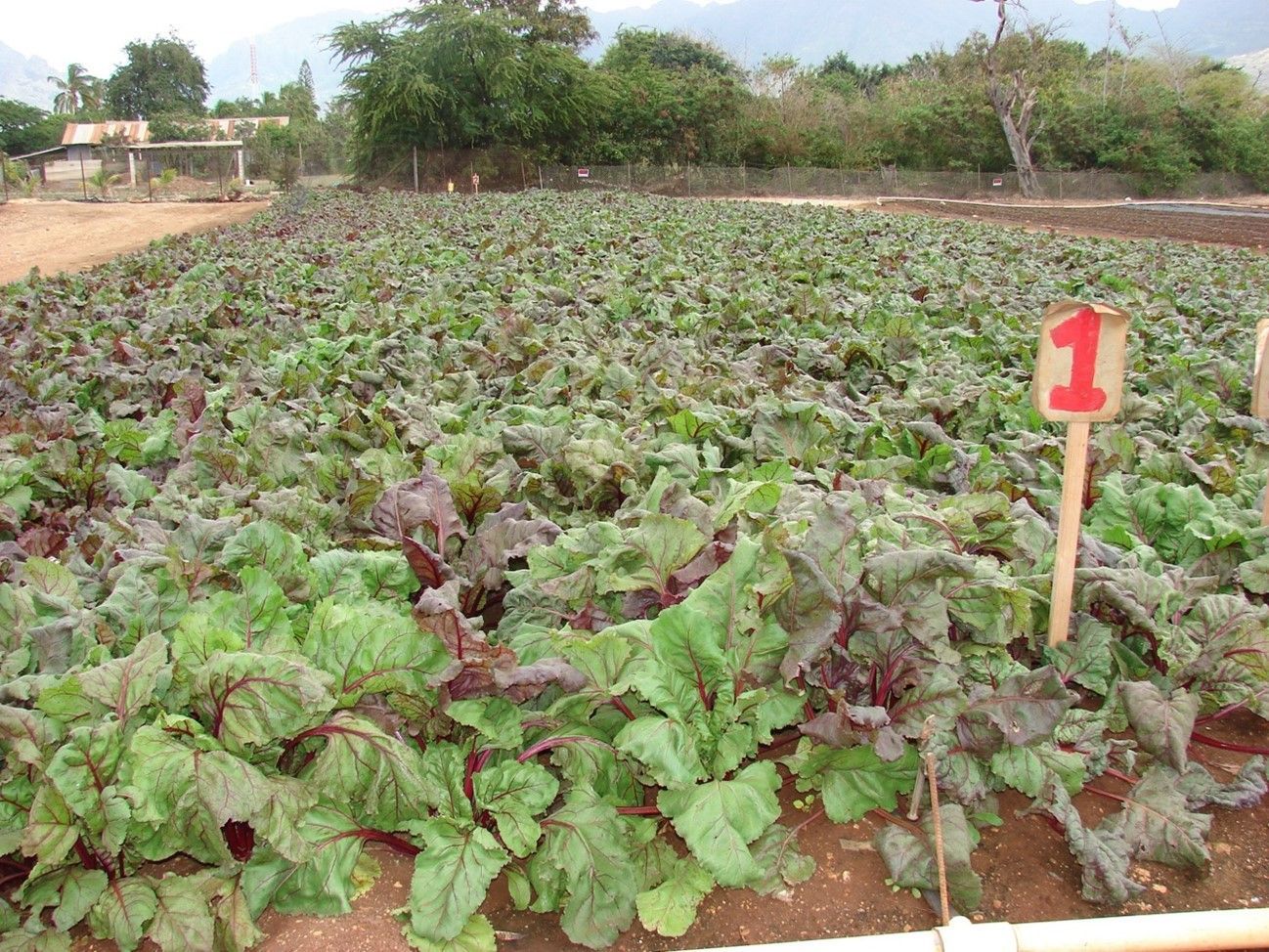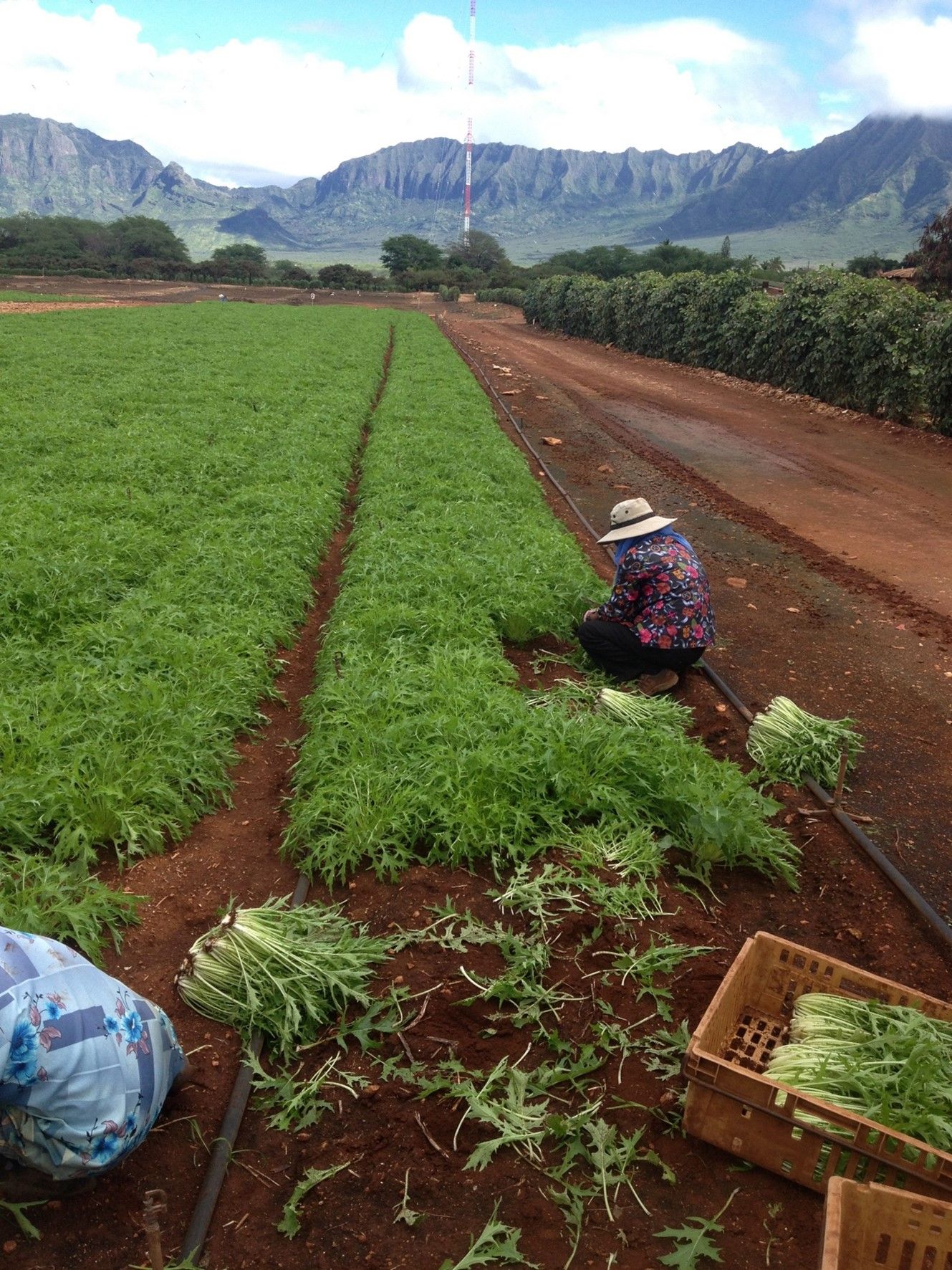Four Seasons Resort Hualalai - EM•1® and EM® Genki Balls used since 2007
David Chai is the Director of Natural Resources at the Four Seasons Resort Hualalai on Kailua Kona, on the island of Hawaii. He heard about EM® usage when I spoke at the Kona Chamber of Commerce in 2006 on EM Technology®.
It seemed their anchialine pond system was going downhill after the aeration pump had shut down, and nitrogen levels were rising even with water exchange.
He started using EM•1® at our recommended rate of 1 part EM to 5,000-:10,000 part water for a couple of months. He reported in January 2007 that he saw positive results on the smaller anchialine ponds. One pond, in particular, had algae growth over the surface. A few weeks later, there was no algae growth over the pond. In six weeks, it was visible that about six inches of sludge were digested, exposing more rocks than previously seen. The grass carps also looked healthier than before.
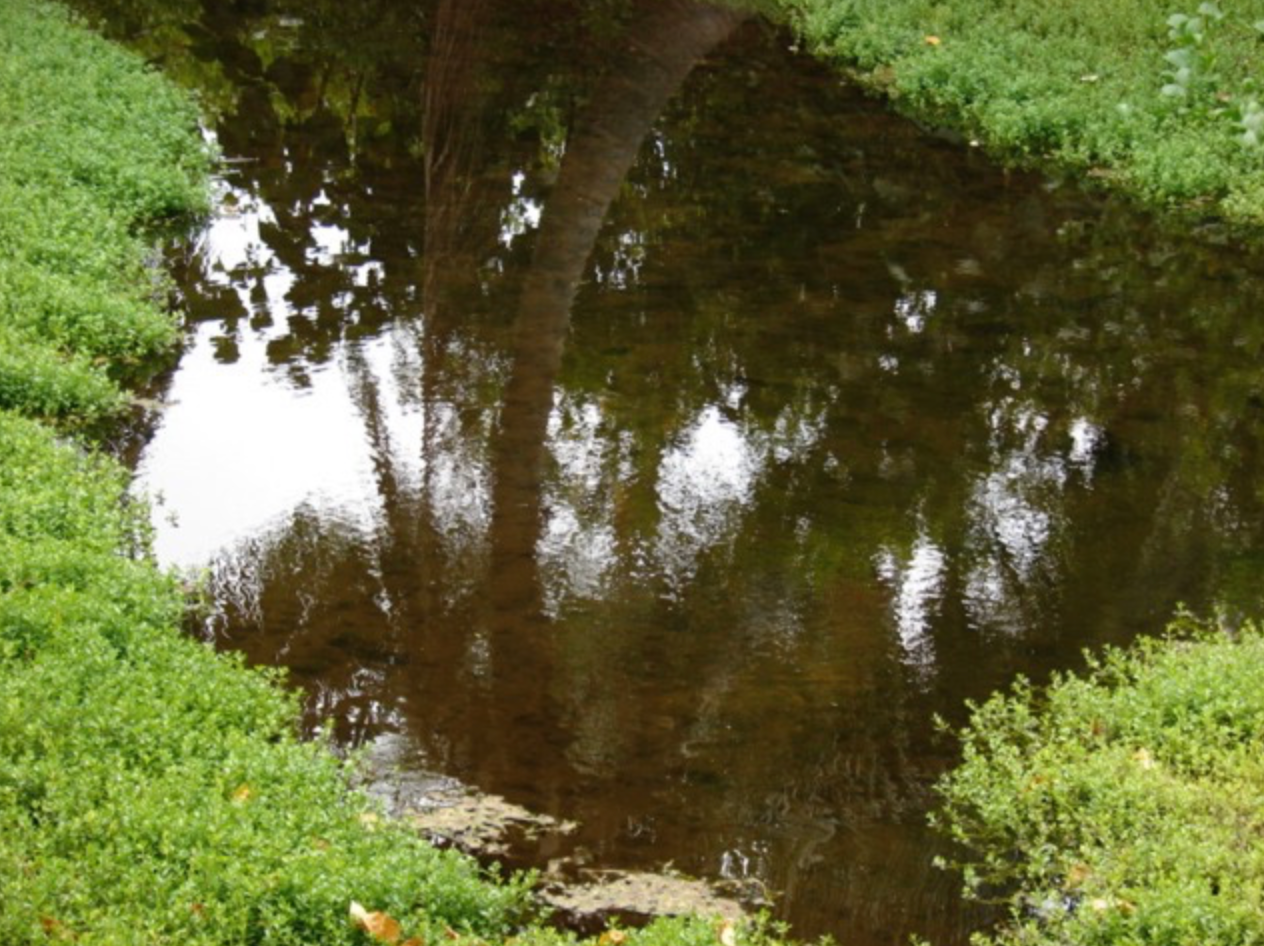
David then wanted to try the EM® Genki Balls in the larger ponds to reduce deep organic sediments. In January 2007, he asked us how to make these EM® Genki Balls treat the larger 4 million-gallon ponds since a 1:10,000 ratio would be too costly. We set up a meeting to plan the applications in January 2007 to make the EM® Genki Balls and to extend the usability of the EM® product to become more economical.
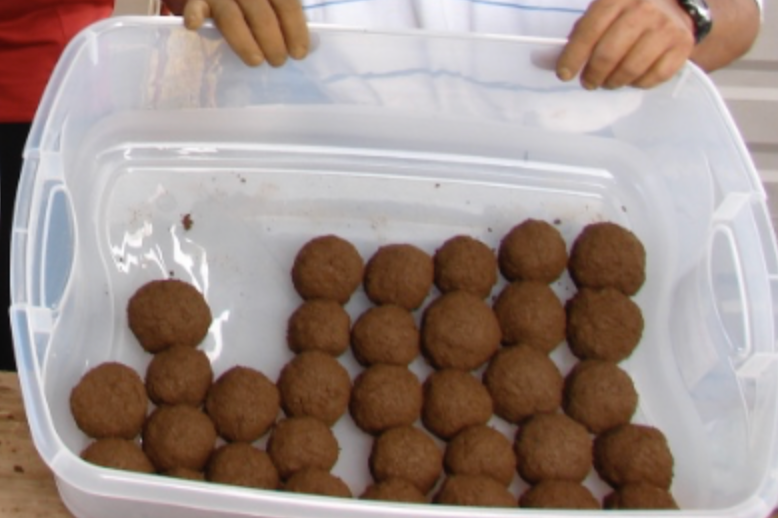
You are a winner!
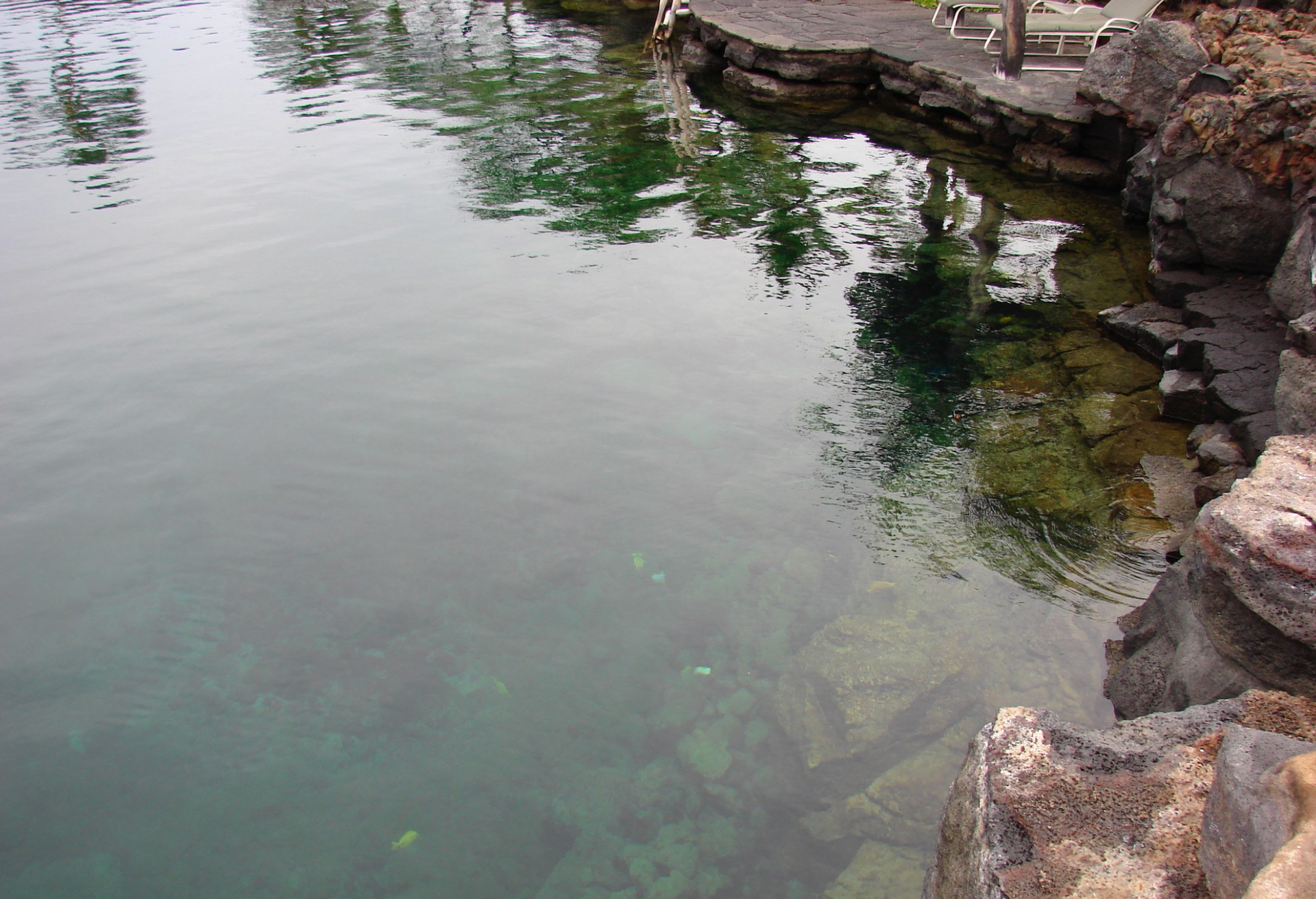
He used the EM® Genki Balls in the man-made Kings Pond where guest swims & dive with a number of marine fishes. Over time the buildup of organic matter caused plumes of sediment to rise when divers kicked their fins. Within a month after EM® Genki Balls were dropped into the man-made Kings Pond, we could see more rocks and the sludge layer that covered the bottom of King's Pond was digested.
We took water samples on April 12, 2007 before using EM® and EM® Genki Balls in the larger pond to obtain baseline data. Monica of Microbiology Consulting Services coordinated the testing of the water samples with the Natural Energy Laboratory of Hawaii Authority (NELHA). To keep the cost down, we concentrated on Total Suspended Solids (TSS), Total Dissolved Nitrogen (TDN), Total Phosphorous (TP-unfiltered), and Silicate (Si03) for a new larger Waiakauhi pond. Samples were taken at the beginning of the pond, site #1 (inflow-no EM applied), site #2, middle of the pond (some EM applied), and site# 3, end of the pond, where the concentration of sludge was as high as 19 inches or knee-deep.
With the help of West Hawaii Explorations Academy (WHEA), a public Charter School located in the NELHA, the teachers and students made 80 EM® Genki Balls, and the students had a great time. First water samples were taken on April 12, 2007, before EM® and EM® Genki ball applications by the students in the Waiakauhi pond. They applied 40 EM® Genki Balls into the pond and another 40 EM® Genki Balls into another pond. 55 gallons of Extended EM•1® solution was also released throughout the pond, concentrating on the middle and end sections. David and the student of WHEA made a second application of EM® Genki Balls and EM® solution in August. They coordinated a water analysis on Nov. 16, 2007, three EM® solution in August and coordinated a water analysis on Nov. 16, 2007, three months later for a total of seven months from our original water samples.
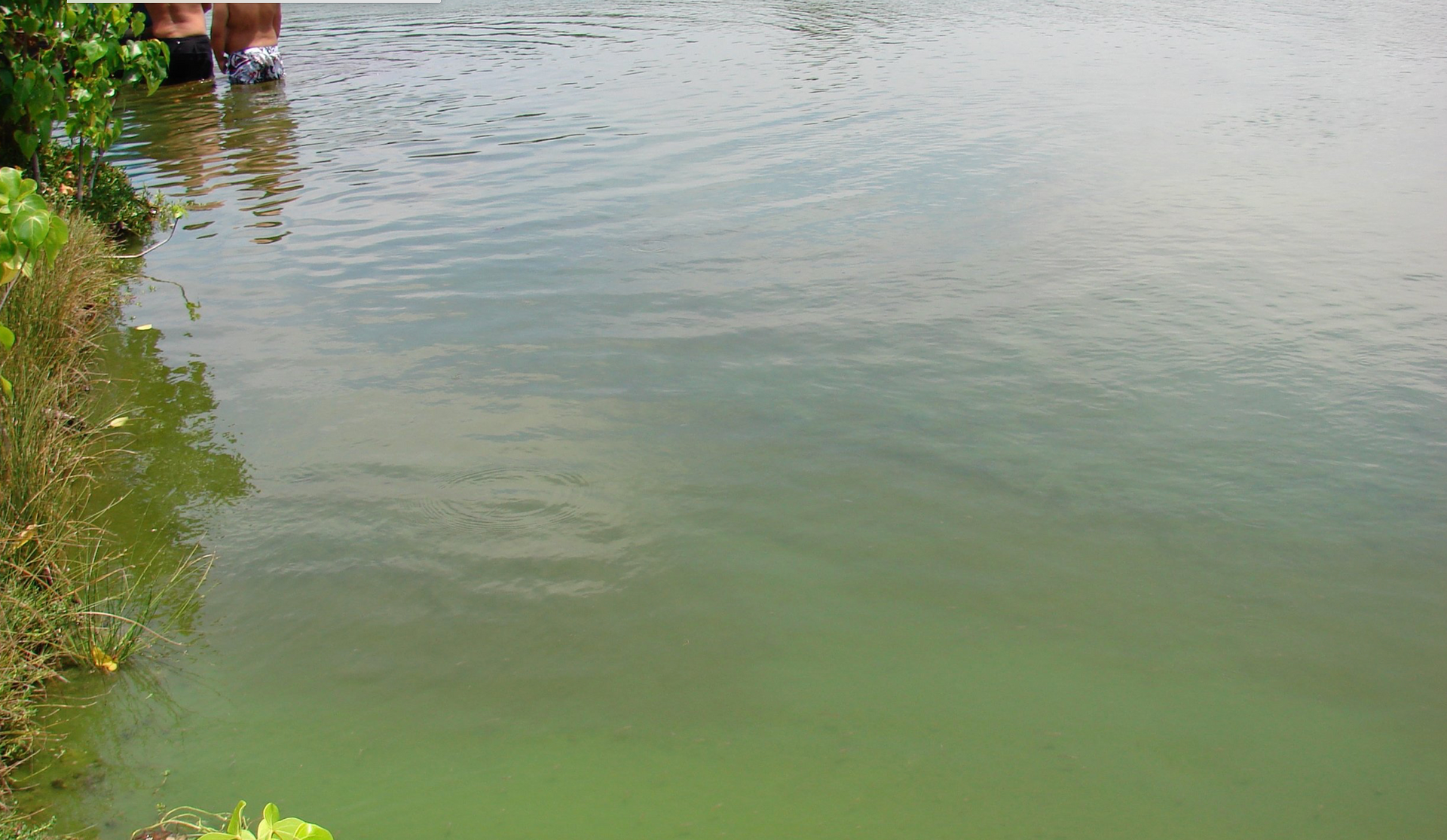
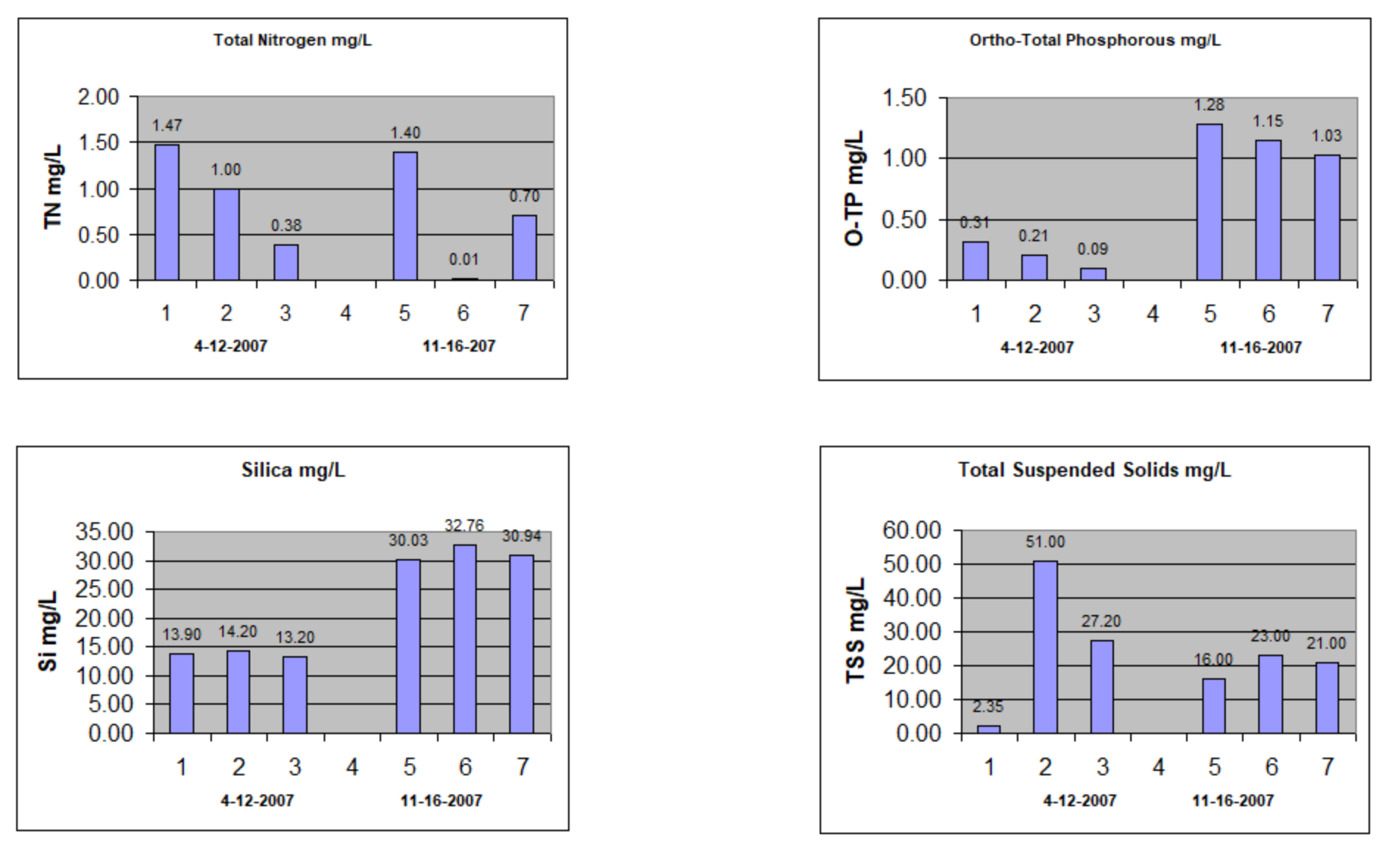
Results Summary:
High Silica value indicates there was more freshwater present in the second sampling and the increase in phosphorus may be due to increased groundwater influx through cracks on the bottom of the pond (fertilizers, etc.) Note: Silica increases, and salinity decreases with fresh water influx, and the reverse is true for seawater influx.
The Total Suspended Solids data shows a significant change in reduction over the seven months. Note site #1 is the inflow where no EM is applied, site #2 in the middle of the pond, and site #3 is the end of the pond after seven months with two applications of EM® & EM® Genki Balls and EM® solution.
Later, on June 6, 2014, Hualalai Resort suffered major tsunami damage to the Waiakauhi pond. It caused a major algae bloom and David again incorporated EM® solution along with daily physical removal of the stringy algae by two full-time employees. Following eight months of continued use of EM® applications and physical removal they were able to get a control on the algae bloom problem. During this time there was no negative effects of spraying EM® into the Anchialine ponds even those full of native red brackish water shrimp 'Opae ula'.
David still incorporates and spot treat EM•1® use into the Anchialine ponds mostly to help reduce the odor problems associated with decaying organic matter in the ponds and help maintain a pleasant, calming atmosphere the guests pay top dollar to enjoy their time spent at the high-end resort hotel in Kailua-Kona, Hawaii.
"We've been using various products to help maintain our native anchialine ponds, including EM® genki balls and EM•1® since 2007, and continue their use today.
I personally hope the effort is successful for the Ala Wai Canal."
says David Chai, Director of Natural Resources at the Four Seasons Hualalai in Kailua-Kona, Hawaii. April 4, 2019
